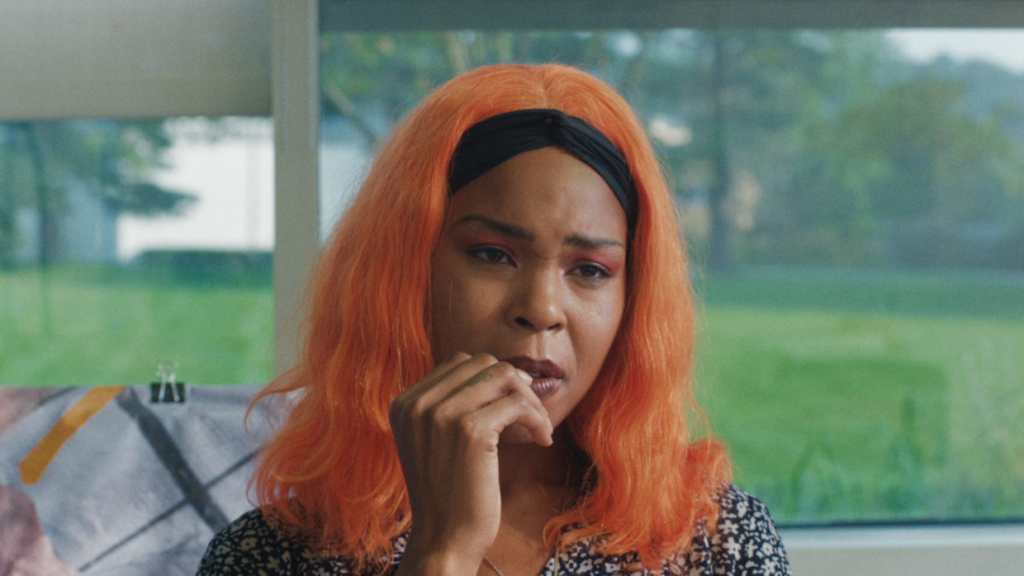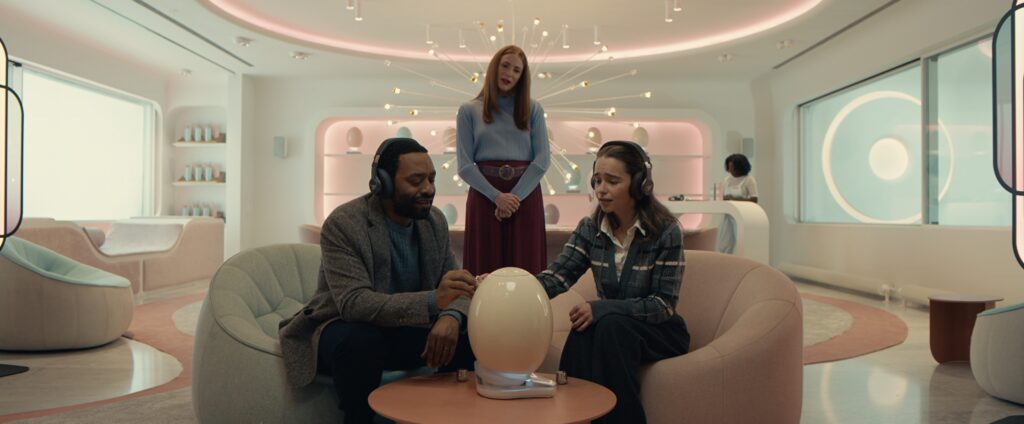Martine Syms’ feature debut has secured distribution following screenings at International Film Festival Rotterdam and New York’s New Directors/New Films. Deadline reports that MUBI landed world rights to “The African Desperate” and will release it theatrically in New York September 16, with a wider rollout to follow.
Written by Syms and Rocket Caleshu, “The African Desperate” follows “artist Palace Bryant (Diamond Stingily) on one very long day in 2017 that starts with her MFA graduation from a white liberal arts college in upstate New York and ends at a Chicago Blue Line Station. Palace navigates the pitfalls of self-actualization and the fallacies of the art world,” the source teases.
The pic will eventually be available to stream globally on MUBI.
“MUBI was my top choice while I was working on ‘The African Desperate,'” said Syms. “I’m overjoyed to be partnering with them to bring my film into the world. I’ve been a fan and subscriber since day one. It’s a dream collaboration. ‘The African Desperate’ is a self-funded project. I had a vision and I took a risk to make it a reality. I want to make epic, thoughtful, imaginative films that speak to my reality. MUBI’s interest in the project proves that this kind of filmmaking is essential right now,” she emphasized. “They stepped in to help bridge the world of art and film, and bring ‘The African Desperate’ to a wide audience.”
Syms is also an artist. Her first U.S. solo museum exhibition, “Projects 106: Martine Syms,” bowed at the Museum of Modern Art in 2017.
“I want to make things that change people’s lives. Big, unforgettable, life-changing works,” Syms told Filmmaker Magazine. “I want to reach broader audiences, continuing to invest in what’s possible in the context of both art and film. They offer different modes of circulation. My way of working is idiosyncratic,” she explained. “I’ll use all the tools I have available to develop my ideas and reach new audiences. Infinite possibilities. I want my projects to be widely viewed, especially by those who don’t generally find art to be an inclusive space. Film is a robust space for the circulation of the ideas I’m developing.”







